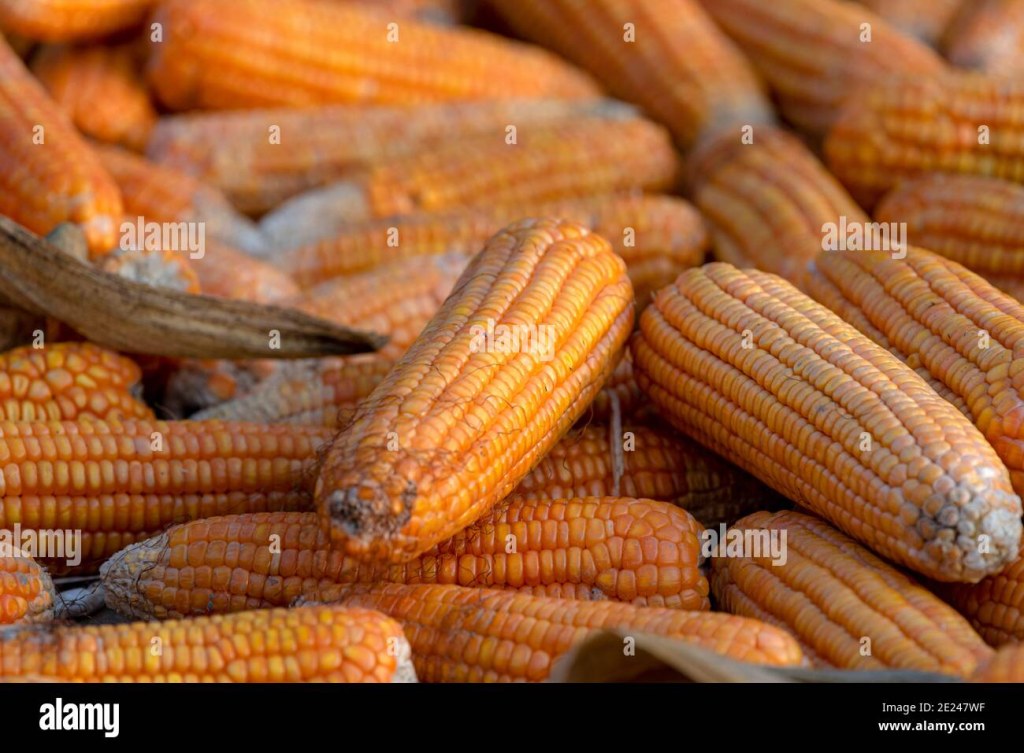Discover The Exquisite Cereal Grain In Mexico – Unleash A New Culinary Adventure!
A Cereal Grain in Mexico: The Nutritious and Versatile Amaranth
Introduction
Welcome, Cereal Enthusiast, to the fascinating world of amaranth! In this article, we will delve into the wonders of this cereal grain that has been a staple in Mexico for centuries. Discover the rich history, nutritional benefits, and versatile uses of amaranth, as well as its advantages and disadvantages. By the end, you’ll be inspired to incorporate this superfood into your daily diet. So, let’s embark on this journey together and explore the magic of amaranth!
2 Picture Gallery: Discover The Exquisite Cereal Grain In Mexico – Unleash A New Culinary Adventure!


What is Amaranth?
🌾 Amaranth, scientifically known as Amaranthus, is a cereal grain that has been cultivated in Mexico for over 8,000 years. This ancient grain belongs to the Amaranthaceae family and is closely related to quinoa and spinach. It is characterized by its small, round seeds that range in color from creamy white to vibrant red, yellow, or black. Amaranth is not just a grain; it is a nutritional powerhouse packed with essential vitamins, minerals, and protein.

Image Source: alamy.com
🌾 Historically, amaranth held great significance in the Aztec civilization, where it was considered a sacred crop. Its name originates from the Greek word amarantos, meaning unfading or immortal, highlighting its resilience and nutritional value.
🌾 Today, amaranth is widely cultivated not only in Mexico but also in various parts of the world, including South America, India, and the United States. Its versatility, nutty flavor, and impressive health benefits have made it a popular choice among health-conscious individuals and culinary enthusiasts.
Who Consumes Amaranth?

Image Source: alamy.com
🌾 Traditionally, amaranth has been consumed by indigenous communities in Mexico, where it holds cultural and culinary significance. However, with an increased focus on healthy eating and alternative grains, amaranth has gained popularity worldwide. It is now embraced by individuals seeking nutritious and gluten-free options in their diet, including those with gluten intolerance, celiac disease, or a desire for diverse culinary experiences.
🌾 Additionally, amaranth has caught the attention of athletes, vegetarians, and vegans due to its high protein content and unique amino acid profile. Whether you’re a health-conscious individual or an adventurous foodie, amaranth offers a wealth of benefits that cater to various dietary preferences.
When and Where is Amaranth Cultivated?
🌾 Amaranth has long been cultivated in Mexico, dating back to ancient times. It thrives in warm, tropical climates and is typically grown during the rainy season. In Mexico, amaranth cultivation is concentrated in the central regions, such as the states of Oaxaca, Guerrero, and Hidalgo.
🌾 The crop is also grown in other parts of the world with suitable climatic conditions. South American countries like Peru and Bolivia, as well as India and Nepal in Asia, have embraced amaranth cultivation. In the United States, amaranth is primarily grown in the Midwest and Southwest regions.
🌾 Thanks to its adaptability to various soil types and resistance to drought, amaranth can thrive in diverse agricultural settings. This makes it an attractive crop for farmers looking to diversify their agricultural practices and promote sustainable farming.
Why Should You Include Amaranth in Your Diet?
🌾 The nutritional benefits of amaranth are truly remarkable. This grain is rich in essential vitamins, minerals, and antioxidants, making it a valuable addition to a balanced diet. Amaranth is particularly prized for its high protein content, which surpasses many other grains. It also contains all nine essential amino acids, making it a complete protein source, a rarity among plant-based foods.
🌾 Furthermore, amaranth boasts a wealth of fiber, which promotes digestive health and helps regulate blood sugar levels. It is also gluten-free, making it an excellent alternative for individuals with gluten sensitivities or celiac disease.
🌾 In addition to its nutritional profile, amaranth offers versatility in the kitchen. Its delicate nutty flavor and slightly chewy texture make it suitable for various culinary applications. Whether you use it in soups, salads, baked goods, or even as a substitute for rice or couscous, amaranth adds depth and a nutritional boost to any meal.
How Can You Incorporate Amaranth into Your Diet?
🌾 There are countless ways to enjoy the benefits of amaranth in your everyday meals. Start your day with a nourishing bowl of amaranth porridge, topped with your favorite fruits and nuts. You can also use amaranth flour to make gluten-free baked goods, such as bread, muffins, or cookies.
🌾 For a savory twist, cook amaranth and use it as a base for salads, stir-fries, or grain bowls. Its versatility shines in vegetarian patties, where amaranth acts as a binding agent and adds a delightful crunch. You can also pop amaranth seeds, similar to popcorn, for a wholesome and addictive snack.
🌾 The possibilities are endless, so let your creativity guide you as you explore the diverse culinary applications of amaranth.
Advantages and Disadvantages of Amaranth
🌾 Advantages:
1. 🌾 Nutritional Powerhouse: Amaranth is packed with essential vitamins, minerals, and protein, making it a valuable addition to a healthy diet.
2. 🌾 Gluten-Free: Amaranth is naturally gluten-free, making it suitable for individuals with gluten sensitivities or celiac disease.
3. 🌾 Complete Protein Source: Amaranth contains all nine essential amino acids, making it a rare and valuable plant-based protein.
4. 🌾 Versatile: Amaranth can be used in a variety of dishes, both sweet and savory, adding flavor, texture, and nutrition.
5. 🌾 Sustainable Crop: Amaranth is highly adaptable and resistant to drought, making it an environmentally friendly and sustainable crop option.
🌾 Disadvantages:
1. 🌾 Natural Pesticides: Some varieties of amaranth produce saponins, which are natural compounds that can act as plant pesticides. Although saponins are generally safe for consumption, they can cause bitterness and may require extra rinsing before cooking.
2. 🌾 Oxalates: Amaranth contains oxalates, which can interfere with calcium absorption in the body. This is generally not a concern for individuals with a balanced diet, but those prone to kidney stones may need to moderate their amaranth consumption.
Frequently Asked Questions
1. 🌾 Is amaranth suitable for individuals with gluten intolerance?
Yes, amaranth is naturally gluten-free, making it an excellent choice for individuals with gluten intolerance or celiac disease.
2. 🌾 Can amaranth aid in weight management?
Yes, amaranth is a good source of dietary fiber, which can promote feelings of fullness and support weight management when consumed as part of a balanced diet.
3. 🌾 Is amaranth safe for children?
Amaranth is generally safe for children and can provide them with essential nutrients. However, it is advisable to introduce it gradually and in age-appropriate forms.
4. 🌾 Can amaranth be used as a flour substitute in baking?
Absolutely! Amaranth flour can be used as a gluten-free substitute in various baked goods, adding a nutty flavor and nutritional benefits to your creations.
5. 🌾 Is amaranth environmentally friendly?
Yes, amaranth is a sustainable crop that requires fewer resources, such as water and pesticides, compared to many other grains.
Conclusion
In conclusion, amaranth is not your average cereal grain. With its rich history, exceptional nutritional benefits, and diverse culinary applications, it has earned its place as a superfood. Whether you’re looking to boost your protein intake, explore gluten-free alternatives, or simply enhance your meals with a nutrient-dense grain, amaranth is a fantastic choice.
So, embrace the magic of amaranth and embark on a culinary adventure that nourishes both your body and soul. Discover the flavors, textures, and health benefits of this ancient grain, and let it bring new dimensions to your favorite recipes.
Final Remarks
🌾 The information provided in this article is intended for educational purposes only. It is not meant to replace professional medical advice or diagnosis. Before making any significant changes to your diet, consult a healthcare professional to ensure it fits your individual needs and health goals. Remember, moderation and balance are key to a healthy lifestyle.
This post topic: Cereal


